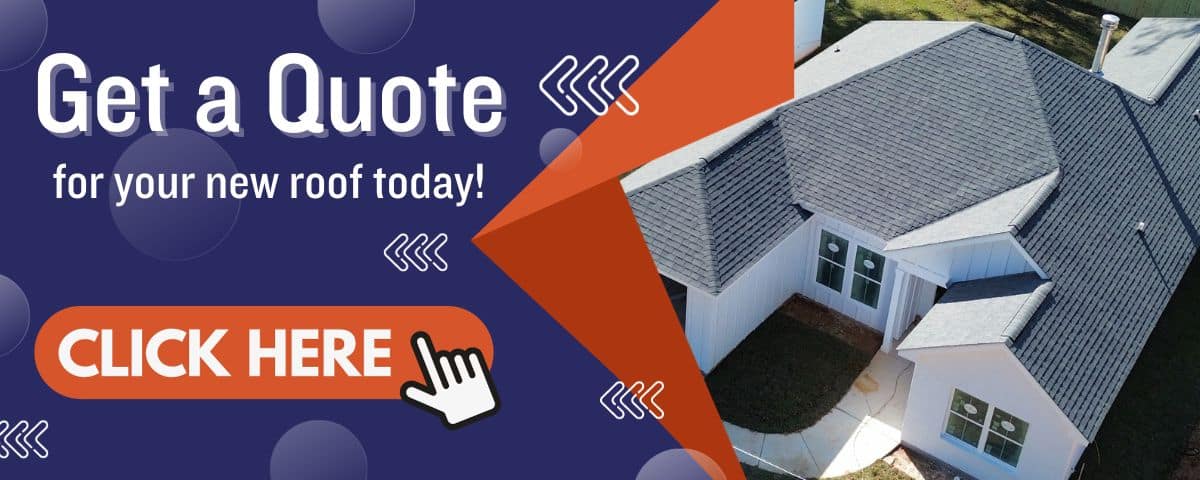There are many options when it comes to the types of commercial roofing materials. That being said, the overall health of the structure is what you should consider when shopping for a commercial roof. The longevity of the roof as well as the typical weather patterns and energy efficiency is important.
The variety of commercial roofing options makes it more difficult to make a choice. In this article, we are going to learn about the 4 most popular commercial roofing options for your building.
Durability and energy efficiency
The three factors to consider when purchasing a commercial roof are durability, energy efficiency, and cost.
A commercial roof system can last from 10 to 50 years if it is properly installed and maintained. These estimates may be affected by the climate and conditions under the roof.

For years now, efficiency has been a hot topic. Many cities now include energy efficiency criteria in their permits. As a businessperson, you’re also concerned about energy-efficiency, because it can save you a lot of money over time.
The cost of new commercial roofing will be at the forefront of your mind. Installing certain systems is cheaper, but you shouldn’t sacrifice durability or efficiency in order to save a few dollars on the front end. This could wind up costing you much more later on.
Commercial Roof Types
Here are the top four most common commercial roofing materials:
- Metal Roofs
- Built-Up Roofing (BUR) Membrane
- Torch Down Roofs
- Shingle Roofs

1. Metal roofs
Durable metal roofs are a popular choice for commercial roofing because they last between 40 and 60 years. Metal roofing comes in many different styles, some of which even have integrated solar panels or snow removal systems.
Metal is a common commercial roofing material.
- Steel corrugated with galvanized sheets
- Aluminum, zinc and tin
- Tile sheets
- Copper
- Aluminum
- Coated or stainless steel
These roofs can be attractive and finished, have a high fire rating, and are more durable than other options. One negative, however, to metal roofs is that they are susceptible to corrosion.
Modern metal roofs are designed with protective surfaces to protect them from damage caused by moisture, exposure and other environmental factors.
2. Built-up roofing (BUR) membrane
The lifespan of built-up roofs can be as long as 20 years with proper care. It is constructed by alternately layering tar and gravel. The number of layers will affect durability and cost. This is a flexible and inexpensive roof type that is easy to maintain.
The seamless roof is a good choice for foot traffic, but it relies on the stability of its understructure to support weight and vibrations. It can be treated to reflect heat and is UV-resistant.
BUR roofing has a shorter lifespan than other options and it is difficult to pinpoint the cause of a roof leak.

3. Torch down roofs
Torch-down roofing is also known as “torch-on” roofing because it uses an open flame propane torch. This installation method involves rolling out sheets of modified bitumen onto the roof and using a propane torch to adhere the material to the surface. The layers are heated to the correct temperature and then the seams are melted, creating a waterproof seal.
Two main types of torch-down roll roofing are available: two-layer and three-layer. The two systems both have a cap and base sheet. However, in the three layer system, the roofing contractor will first apply a smooth cap, followed by a granule-coated cap. This extra layer extends the roof’s life and can improve its fire resistance, energy efficiency or color.
4. Shingle roofs
Although shingles are most commonly used for residential buildings, including your own house, they can also be found on commercial buildings with steep rooflines.
Shingles are available in a variety of materials including asphalt, architectural slate, ceramic, plastic, and more. This material is easy to install and affordable.
The lifespan of commercial shingles can vary depending on the brand. If your building is in a shady area, shingles are susceptible to mildew or moss.
What is the right commercial roof?
Consider your options if you need a new commercial roof for your property or are considering the different types of roofing materials for a brand new building.
What are some factors about your roof:
- Is it visible?
- Does it get walked on?
- Is it exposed to acids, chemicals or grease?
- Does it face the Sun?
- Is there high wind exposure?
- Are there extreme temperatures?
Your choices should be influenced by the climate and type of construction.
Take into consideration the lifespan of the roof as well as its annual maintenance costs. Consider the energy costs associated with the different types and colors. Dark-colored roofing materials can reduce heating costs in cold climates, while white roofing will limit the strain placed on air conditioners.
Ask a commercial roofing expert
Do you need to know more about the different types of commercial roofs? Our experts will guide you through the different types of commercial installations. At Priority Roofing, we are familiar with all of the commercial roofing types mentioned here.
We always ensure three important factors: the right roof for the budget you have, the quality of the work and the installation of the best roof system for the structure.
For more information, contact us today.

